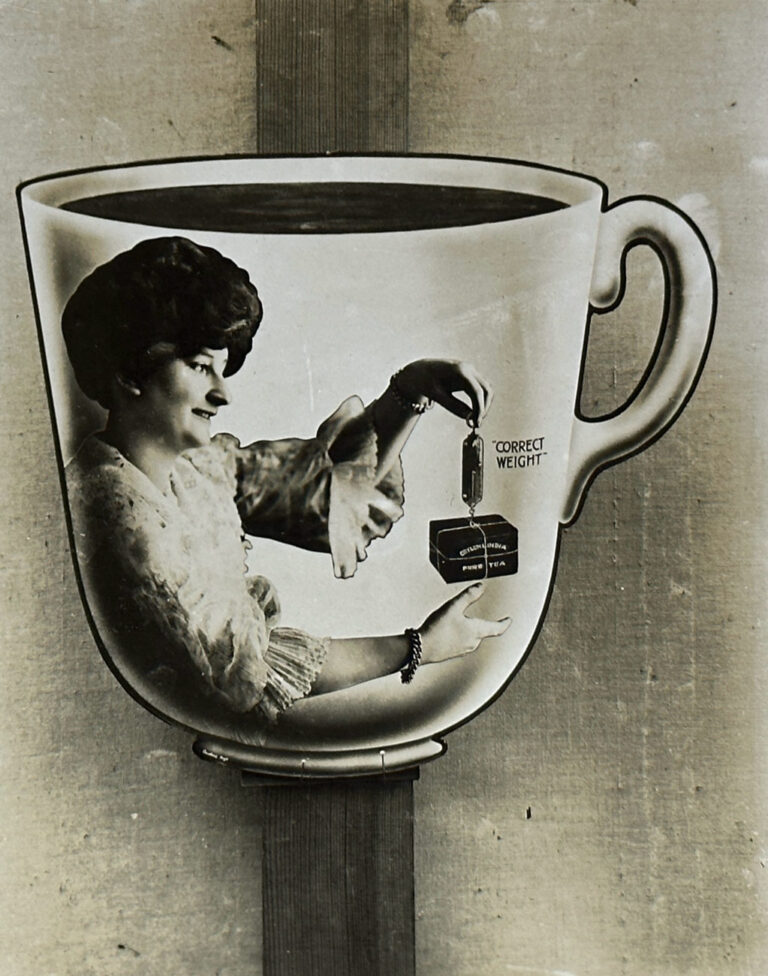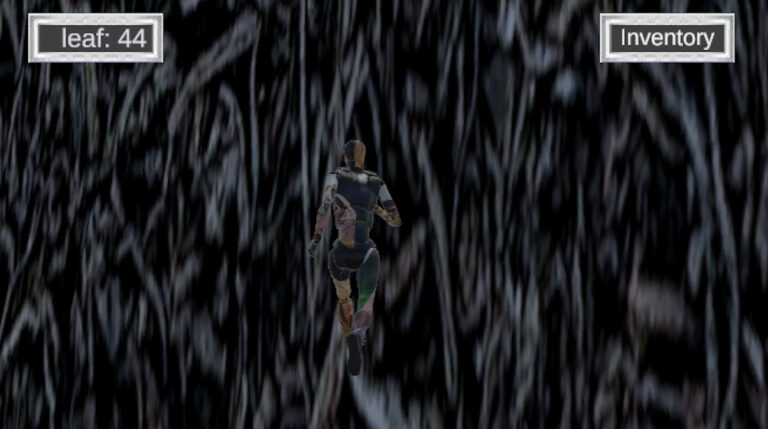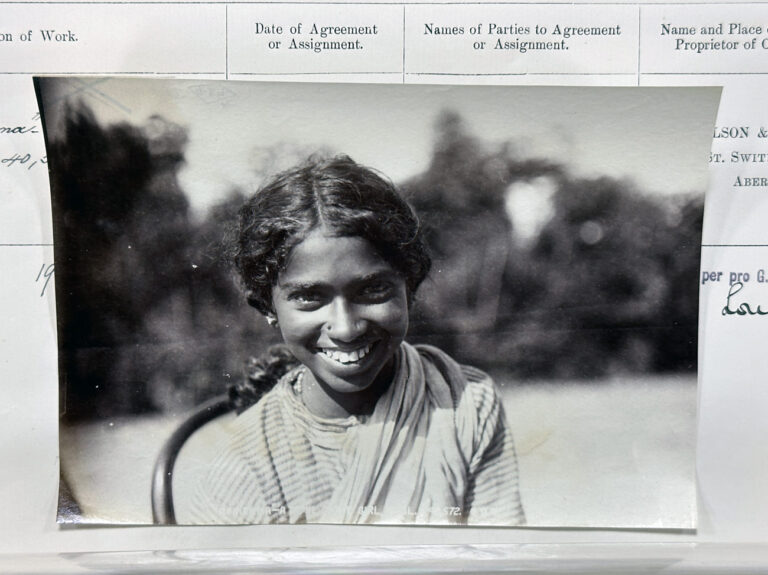Content note: This blog contains descriptions of abject working conditions faced by tea plantation workers in Sri Lanka.
Cassie Layton is a Sri Lankan British artist who works under the moniker Toulip Wonder, and currently a PhD student in an AHRC-funded Collaborative Doctoral Partnership between The National Archives and the Royal Northern College of Music. The PhD project ‘Sounds & Silences in the Archives of Empire’ embeds her as a composer and multimedia artist at The National Archives to recontextualise and challenge Colonial Office records. Cassie is examining how the lost and hidden narratives of those affected by colonial rule – in this case Tamil tea workers – can be uncovered and revitalised through her work.
Cassie brings experience to the project as a performer and musician, she has played worldwide at venues like the Barbican, Cafe OTO, Tate, London ICA, Young Vic, Royal Court, and the Hollywood Bowl. She has also voiced a number of leading video game roles, including Lady De Sardet in Greedfall, Ashera in Xenoblade Chronicles III, and Zero in Final Fantasy XIV. In this blog she explores how she has been generating new perspectives on colonial photography at The National Archives through sound and through video gamescapes.
– Elizabeth Haines, Team Leader, Overseas and Defence, The National Archives
My research project, entitled Sounds and Silences in the Archives of Empire, centres around decolonising archival records through sound, with an emphasis on involving affected communities in the process. Due to my heritage as mixed-race Sri Lankan British, I am focusing on Sri Lanka and the records pertaining to Ceylon, exploring how this can be achieved using the medium of video games.
As a practice-based artist researcher, my role is to expand the knowledge of how artists can creatively respond to archives. While there is a well-trodden path of artists working with archival material, the relative infancy of video games compared to other art forms means that research in this area is still relatively small.
The stills below show the outcome of an initial research project responding to these themes, a new video, in development, game called Correct Weight.

Making a video game inspired by archives
Before I began my research at The National Archives, I came across a 1973 documentary in the BFI Mediatheque called The Cost of a Cup of Tea. It was an exposé on Sri Lanka’s tea industry and contained haunting footage of the emaciated children of Tamil tea workers, many of whom were fatally thin. The footage was extremely difficult to watch, and I found myself deeply affected, unable to witness more than a few minutes.
When I started to investigate The National Archives collection, the image below came up, and my mind instantly drew connections to the recent film I had seen. The woman jovially weighing her tea parcel and the weight of the dying Tamil children were inextricably linked in my mind. The confronting words ‘Correct Weight’ on the teacup below inspired the title of the game.

Further research into the current state of Sri Lanka’s tea plantations revealed that conditions for tea workers remain abject. Malnourishment prevails, and families are crammed into tiny, colonially built accommodations lacking running water and basic hygiene facilities. Some are forced to defecate in nearby rivers, risking bites from snakes and leeches. Many live in squalor and often go hungry, having to choose whether it is they or their children who get to eat.
It was from these findings that the video game was born. In the game, you play as an automaton Tamil tea worker, moving through various landscapes and collecting the correct weight of tea leaves. It is an attempt at reimagining Tamil futurity, reinstating lost sonic and visual narratives from government archives, and challenging the player to rethink their relationship with tea.
The Video Game: Correct Weight
The game takes place in a virtual landscape, the foundations of which are made of tea. Typical threats to tea workers, such as snakes, leeches, and tigers, have been removed. Instead of being harmed, the tea worker can safely collect them as items for their inventory (or archive).

The Tamil tea worker has also been gifted with superhuman qualities and strength, the ability to scale vertical walls with ease and immortality.

Throughout the game’s journey, the player engages in mini-games. During these moments, the tea worker avatar disappears, and the player is tasked with pouring and drinking cups of tea. As the player pours tea, their own health increases. Simultaneously, the health of the photographic subjects gradually drains away. When the slots are full and the player is still required to pour more tea, they have no choice but to delete the photographic subjects entirely. Only after erasing them can they continue to pour and drink more tea.

Reclaiming and repurposing archive photography
My research within the game has been heavily influenced by Ariella Aïsha Azoulay’s work, Potential History: Unlearning Imperialism, where she regards the camera lens and shutter as imperial technologies, equating the click of the shutter to pulling the trigger of a gun.
One of Azoulay’s main theories and practical suggestions for addressing colonial photography is to trace the outlines of the photographic document with paper and pencil. This method aims to convey the meaning of the photo without perpetuating colonial violence.
One day, while digitally scanning a book, a happy accident occurred: the coloured photographs inside were reduced to black and white outlines by the digital scanner app. Considering my recent reading, I instantly saw them as digital tracings, an electronic version of Azoulay’s proposed technique.
I began experimenting with how versions of this technique could be deliberately applied to colonial photography. Over time, I started to view it as a method to safely extract and reposition subjects, erasing settings while centring subjects in the visual narrative. Avoiding the reinstatement of coded colonial violence present in imperial tea plantation photography.


These initial scenes are the first offerings in what intends to be a long and collaborative project creatively involving participants from the Sri Lankan diaspora in the UK and Sri Lanka to co-creatively expand this video game into a diverse realm of sonic and archival expression and reclamation.